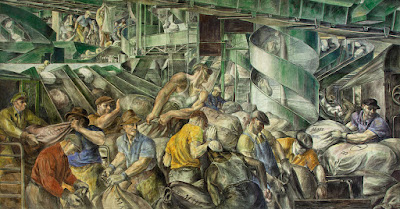
"Here are some things we’ve been talking about in the Literary Hub office lately: Is Holden Caulfield a tragic hero or an unbearable whiny teen? Is he misunderstood? Is he relevant to youth today? Is The Catcher in the Rye even any good? Does it matter, if it has meant something to generations of readers? Do we only like it because our parents did? Why do we talk about it so much more than Nine Stories, which is objectively superior? (To each his own, is my take—but I, having never liked The Catcher in the Rye or its deeply phony narrator, also don’t think we should keep things in the canon just because they’ve always been there.) If nothing else, we can all at least agree that Holden Caulfield is still (though decreasingly) a cultural touchstone in this country, in part because parents keep giving the book to their children and in part because so many students are still required to read it in school. ..."
LitHub
















































